There is a problem when you make something subversive: how do you back it up with a sequel? If the sequel is too familiar and follows in the footsteps of its predecessor, it is no longer subversive by definition. It has lost its creative identity. This is unfortunately the case with Labyrinth of Galleria, the sequel to Labyrinth of Refrain: Coven of Dusk from a few years ago. Don’t get me wrong – it’s every bit as good as its predecessor was. It just doesn’t come across as impactful.
The thing that sets both Labyrinth titles from the rest of the dungeon crawl genre is your ability to simply smash through (most of) the walls that you encounter along the way. For decades, going right back to the original Wizardry, the careful maze-like layouts of dungeon crawlers have been so core to the experience was almost impossible to imagine the genre holding together without them. Later dungeon crawlers like Etrian Odyssey even made such a feature of the intricate, detailed dungeon designs that taking the time to physically map them was the great joy that you’ll derive from playing them.
With Labyrinth of Galleria, meanwhile, all the subtleties of such careful level design are thrown out the window as you start smashing your way forward. There are, of course, other tricks that the developer uses to continue to funnel you around the game, and indeed the level designers have done an amazing job at looking at dungeon crawler design through this very different lens. As you explore, however, you do feel like you’re actually deconstructing your assumptions about an entire genre to explore what really makes it tick. It’s an amazing approach… it’s just that it was more eye-opening the first time through back in 2018.
Similarly, if you were to take the narrative in isolation, you’d love it unconditionally. Galleria is a very subversive anime spin on the whimsical fairy tale, from the design of the characters through to the wicked (and often very dark) sense of humour. The game kicks off with a rather simple Eureka having been summoned by a very Hansel & Gretel-like old woman, Madame Marta, to help her explore a dungeon that you can only reach by entering a special wardrobe. The problem is that the wardrobe is lethal to living beings, so instead, Eureka works with a ghost to create marionettes and then commands them to explore instead. This, too, comes across as a deconstruction of the dungeon crawler genre. So often with crawlers, you’re playing as a team of characters that you might name and give classes to, but beyond that, you never see more of them than a profile image, off in a corner. They aren’t so much narrative-driving entities as utilities for exploration, and Galleria makes this extremely clear by allowing you to create and control up to forty of them.
You can give them all kinds of kinks and traits via the surprisingly deep character creation system, but all you’re ever going to be looking at is the stat buffs that they get from these things. At no stage are you meant to ever see your puppet army as anything but a useful resource.
To be clear, this is intentional and the game works with it beautifully. The narrative’s a lot of fun and building up this army of puppets allows for a great deal of statistical creativity. However, it’s also very meta. The only people that are going to really appreciate Galleria’s sharp humour and even sharper reflections on the crawler genre are people who are very familiar with it.
In terms of combat, there’s nothing in Galleria that you haven’t already played many times over (if you’re the target market for the game). It’s turn-based and very traditional in terms of the way the various roles within the party work together. As you will also expect from the genre, enemy sprites and environments are visually stunning. Pushing on just to see what’s coming up next is a very valid reason to keep playing through the slower moments in Galleria. There’s also the traditional difficulty of the crawler genre, and because the game is short on tutorials, the actual tactics of combat you’ll need to work out yourself. Again, not a problem if you’re a veteran of the genre, but newer players are liable to find the first few hump hours to be an almost overwhelming difficulty curve.
Mana, however, is perhaps the most intelligent and well-executed element of the game. Mana is a critical resource, but one that does so much more than let you buy equipment in a shop or cast magic. Here, mana accumulates as you defeat enemies and find pools of it lying around. Increasing the amount of mana you’re carrying increases the potential for big rewards via item drops and the like. However, at the same time, it also increases the chance of running into an enemy that will wipe you out in a single turn. But then, to flip that hand back around again, you will want a lot of mana because it allows you to purchase upgrades to the game, such as the ability to create portals to return to base, or drop the difficulty level if you’re finding it too hard. Using an in-game resource to allow you to manipulate the building blocks of the experience is yet another clever and well-designed way that Galleria gets so very meta with its audience.
The one and only problem with Labyrinth of Galleria: The Moon Society is that it is a sequel. Where its predecessor was so memorable because of the way it played with genre and convention, Galleria has the unfortunate distinction of being more of the same, and therefore no longer a surprising delight. It still tells a wildly entertaining story, has a tight and creatively different approach to dungeon crawling, and is a great way to spend 40-50 hours of your time. It’s just not as exciting because it’s no longer different.
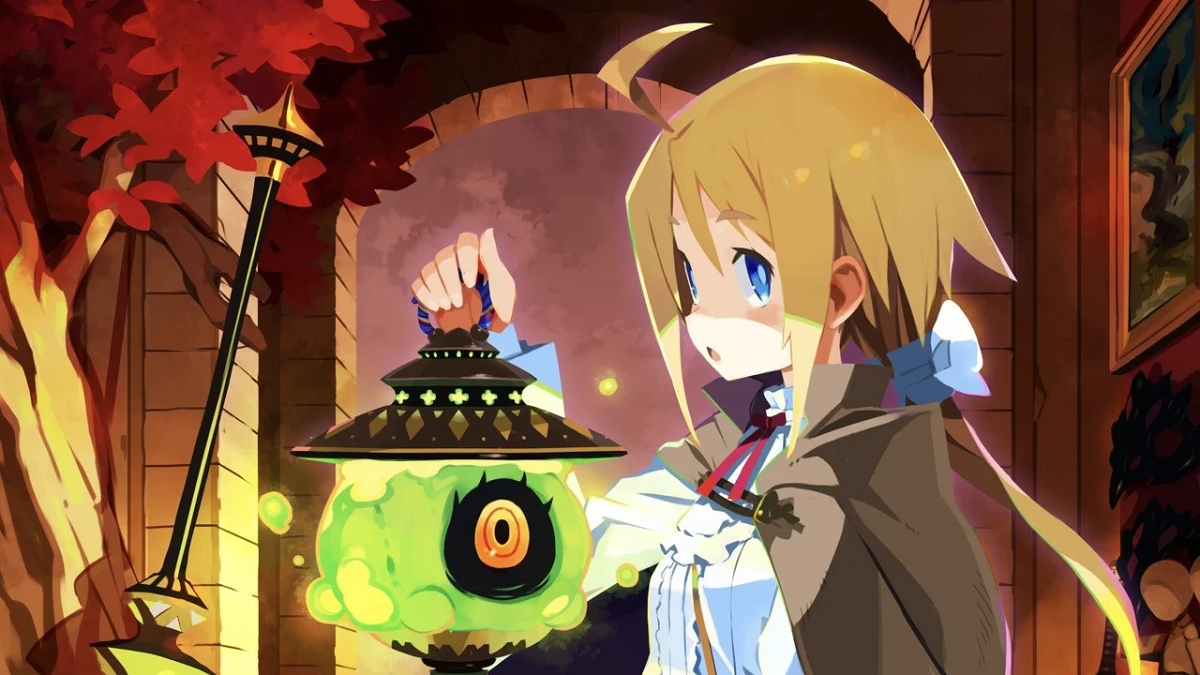

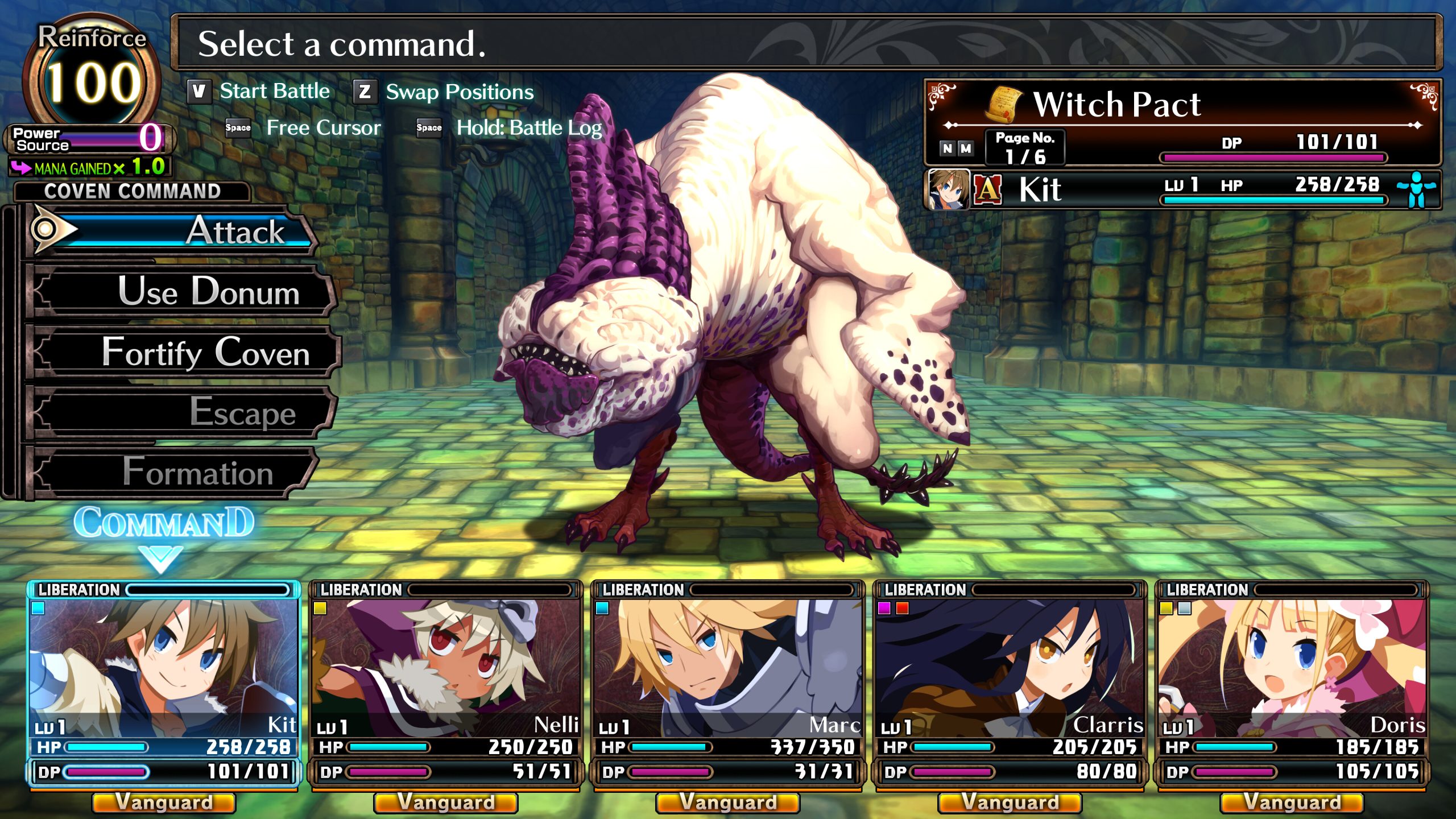
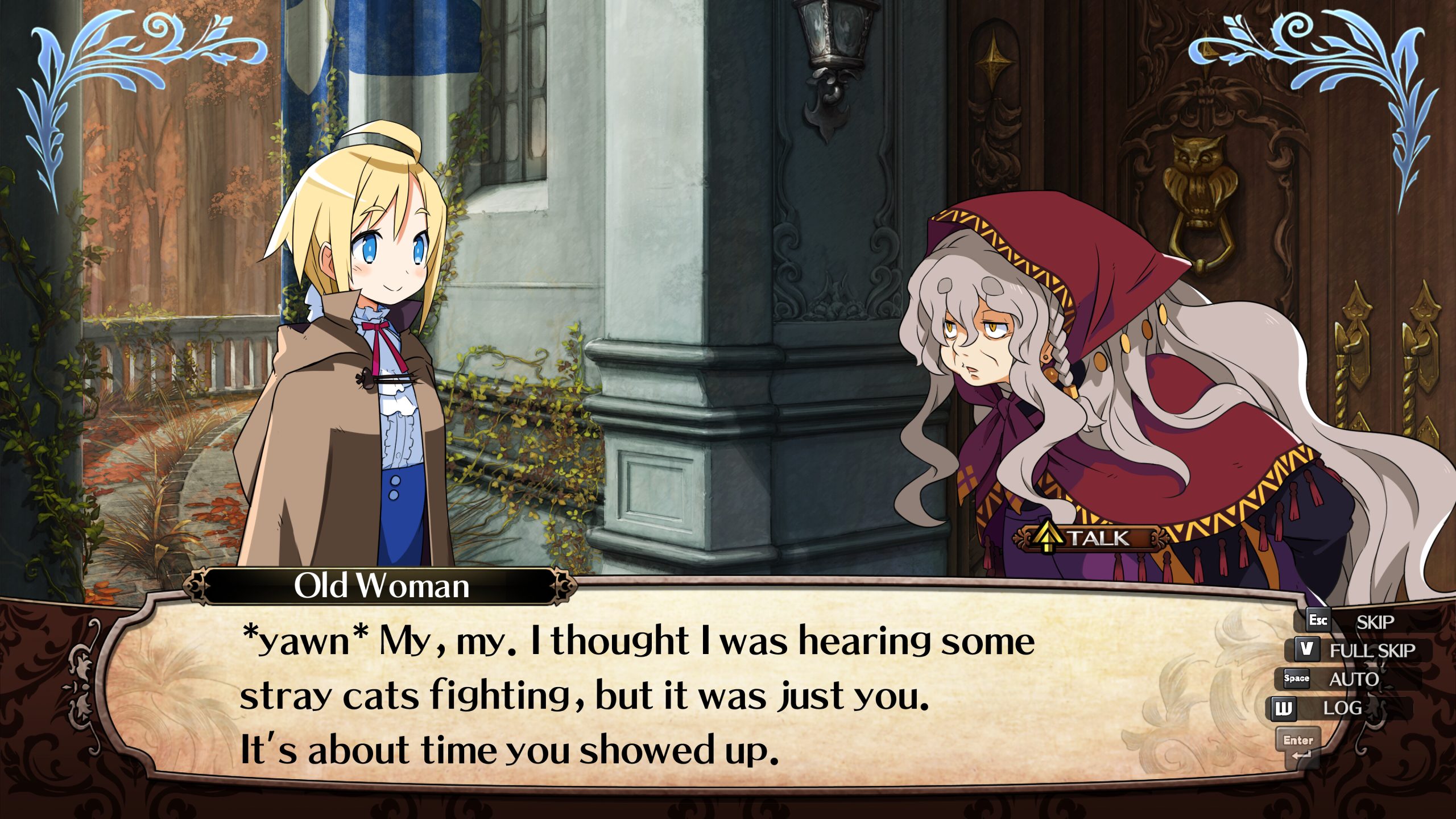

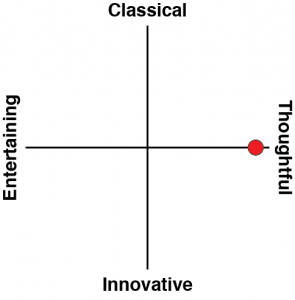
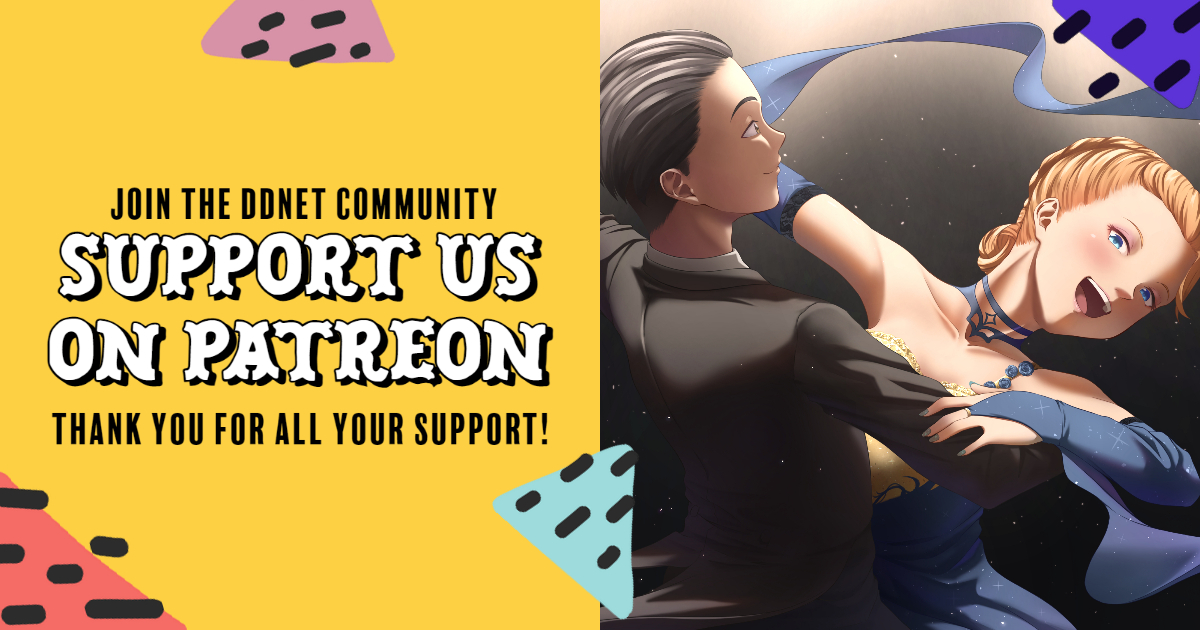
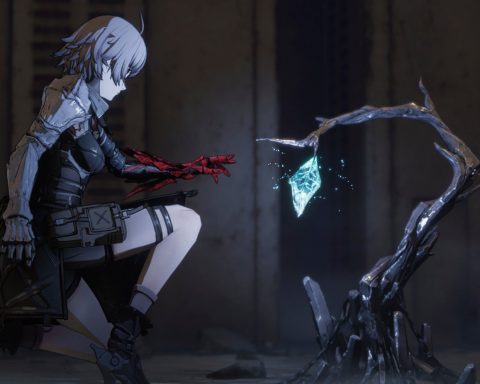
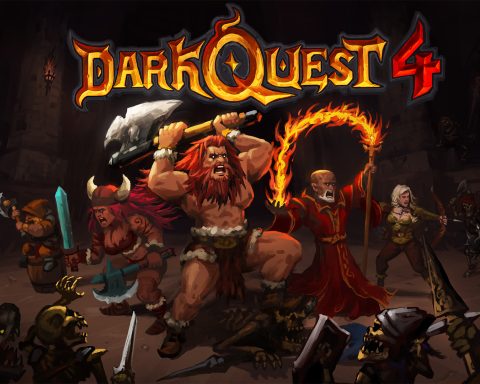

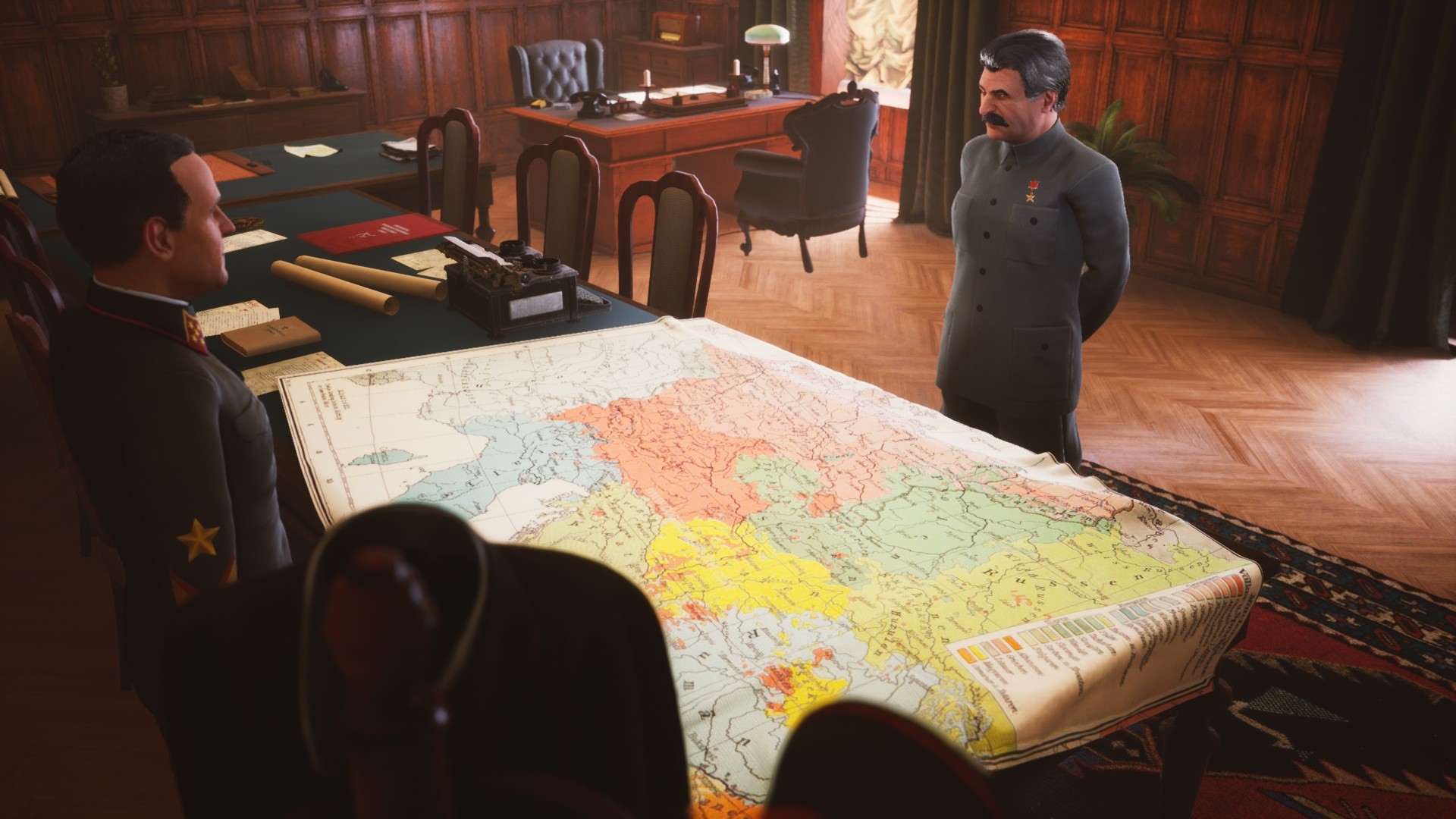
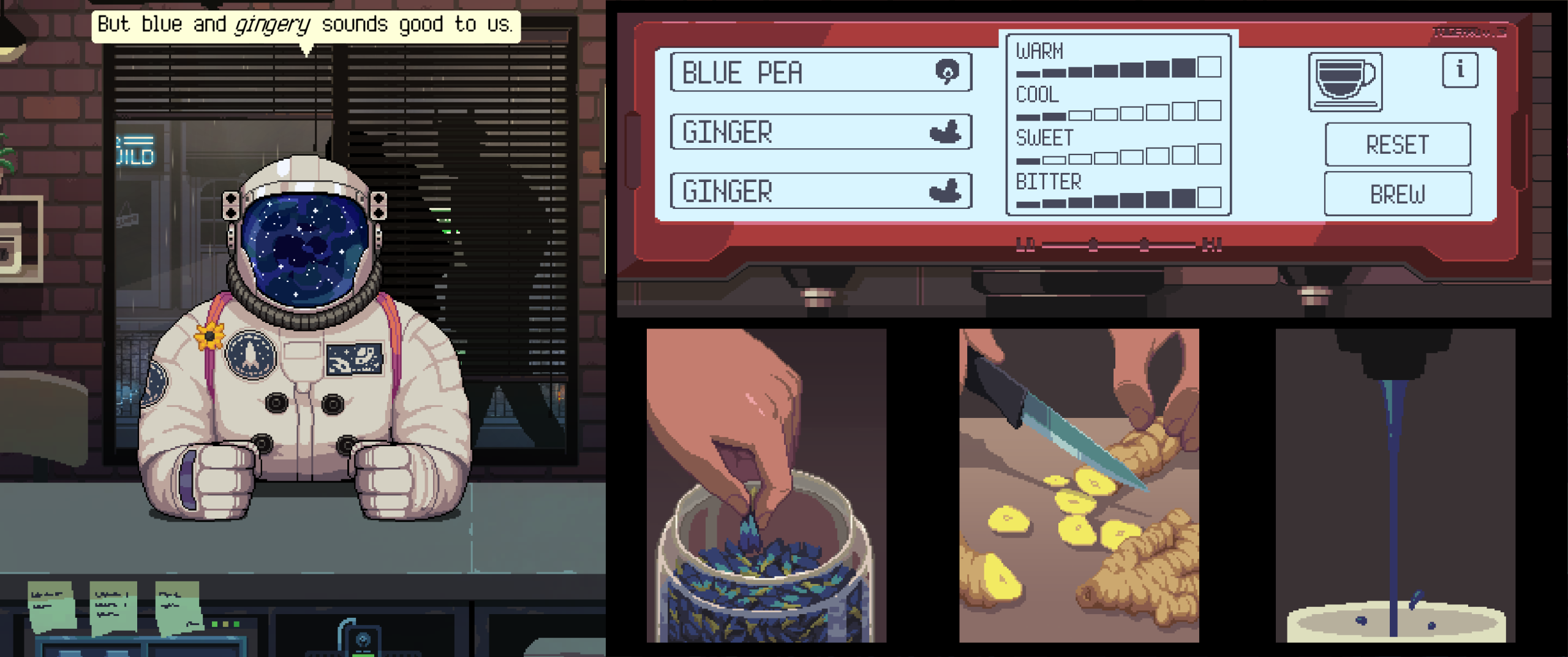




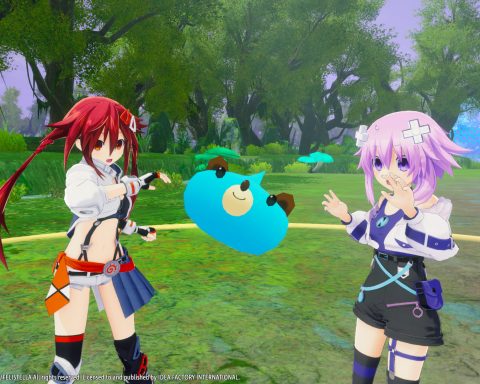
One story difference between both games is that the original was more Gothic. This one has a mystery genre tone. The story pace feels slower, mysteries need time to unravel.
It still has that “phoenix ace series” type of dissonance: you have happy funny anime tropes and characters, and then a couple hours later you realize that same person had killed someone moments before you met them. It’s great.